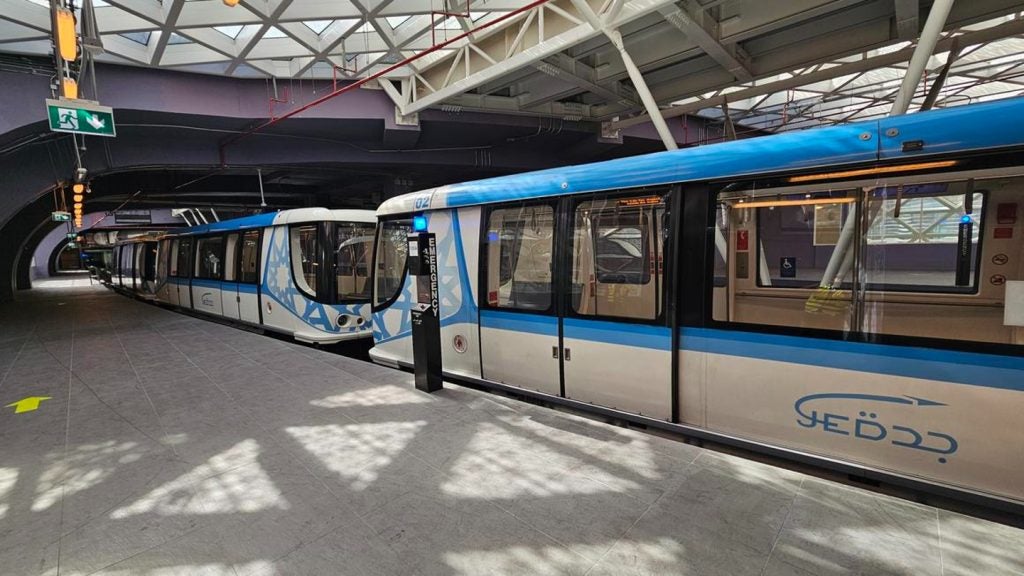Guwahati International Airport in India has implemented the Airport Collaborative Decision Making (A-CDM) system to boost efficiency of operations.
The system will help airlines ensure seamless arrival and departure processes at the airport.
The A-CDM system uses different factors such as the expected time of aircraft arrival and runway-in-use and runway handling capacity to determine the sequence of flight arrivals and departures.
Others Indian airports that deployed the system include Delhi, Mumbai, Bengaluru, Kolkata, Chennai, Ahmedabad and Thiruvananthpuram.
The Hindu quoted a senior Airports Authority of India (AAI) official as saying: “The benefits of A-CDM are widely recognised in the aviation industry, notably its ability to improve efficiency of airport operations and reduce aircraft holding delays on the runway, consequently saving fuel and reducing carbon emissions.”
Studies undertaken by other airport operators and AAI have stated that the system offers better coordination between airport partners, as well as enhanced ground handling processes.
How well do you really know your competitors?
Access the most comprehensive Company Profiles on the market, powered by GlobalData. Save hours of research. Gain competitive edge.

Thank you!
Your download email will arrive shortly
Not ready to buy yet? Download a free sample
We are confident about the unique quality of our Company Profiles. However, we want you to make the most beneficial decision for your business, so we offer a free sample that you can download by submitting the below form
By GlobalDataA-CDM was first installed in India at Chhatrapati Shivaji Maharaj International Airport in Mumbai.
Lokpriya Gopinath Bordoloi International Airport (LGBI), also known as Guwahati International Airport, is one of the biggest international airports in Borjhar, Assam, India.
In 2018, construction works started on Guwahati International Airport’s new integrated terminal building.
The 9,000m² terminal building will feature new passenger facilities and is set to become operational in 2021.
In February last year, Dublin Airport collaborated with the Irish Aviation Authority (IAA) to integrate A-CDM into the management of its daily flight operations.




